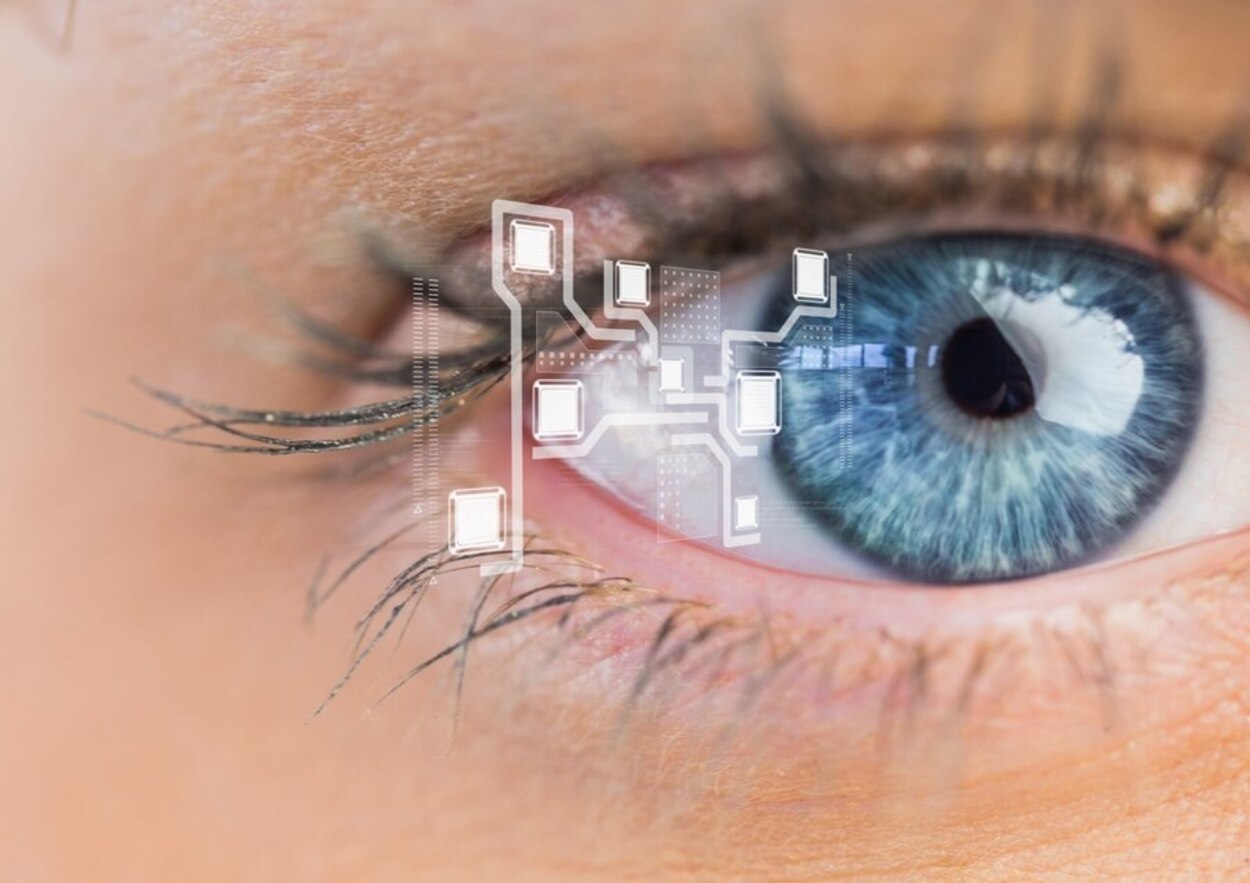Embedded Vision Systems: Transforming Industrial Automation

Embedded vision systems have emerged as a critical innovation in industrial automation, significantly enhancing precision, efficiency, and safety across various manufacturing processes. Leveraging powerful image processing and real-time analysis capabilities, these systems enable smarter, more automated factories that are better equipped to meet modern production demands.
What Are Embedded Vision Systems?
Embedded vision refers to integrating camera sensors and image processing directly within machinery and devices, allowing real-time analysis and decision-making without external computing resources. Unlike traditional machine vision systems that rely on centralized processing, embedded vision systems are compact, efficient, and highly adaptable, making them ideal for various industrial environments.
Key Technologies Behind Embedded Vision Systems
| Technology | Description | Applications |
| CMOS Image Sensors | High-resolution, efficient sensors capturing detailed images | Robotics, quality inspection |
| FPGA & GPU Processing | Powerful processors enabling real-time image processing | Assembly line automation, robotics |
| Machine Learning Algorithms | AI-driven algorithms enhancing image interpretation accuracy | Defect detection, predictive maintenance |
| Edge Computing | Decentralized data processing at the device level | Real-time analytics, autonomous vehicles |
Industrial Applications of Embedded Vision
Quality Inspection and Defect Detection
Embedded vision systems dramatically improve the accuracy and speed of quality inspections:
- Defect detection rates in manufacturing processes have improved by up to 95%, significantly reducing recalls and production downtime.
- Automotive manufacturers like BMW and Tesla use embedded vision to inspect components in real-time, drastically cutting down errors.
Robotics and Automated Assembly
Robots equipped with embedded vision are becoming smarter and more autonomous:
- ABB Robotics reports that robots with embedded vision can reduce assembly errors by up to 50%.
- Collaborative robots (cobots) use embedded vision to safely interact with human workers, enhancing safety in shared workspaces.

Warehouse and Logistics Automation
Embedded vision optimizes warehouse management and logistics:
- Amazon employs embedded vision-equipped robots to manage warehouse inventories, increasing operational efficiency by 40%.
- Real-time inventory tracking using vision systems reduces losses and ensures optimal stock management.
Safety and Surveillance
Safety in industrial environments benefits significantly from embedded vision:
- Real-time monitoring and analysis of worker movements reduce accidents by up to 30%, according to OSHA reports.
- Automated hazard detection systems improve compliance with safety standards.
Challenges in Embedded Vision Systems
| Challenge | Description | Solutions |
| Data Processing | Requires high computational power | Edge computing, efficient algorithms |
| Integration | Compatibility with existing machinery | Modular systems, standard protocols |
| Cost | Initial setup and component costs | Economies of scale, cost-efficient sensors |
Industry expert Dr. Fei-Fei Li, Stanford AI Lab Director, states, "Embedded vision systems are the cornerstone of intelligent automation. However, addressing integration challenges is crucial for their widespread adoption."
Future Trends and Market Insights
According to Allied Market Research, the global embedded vision market is projected to reach $17.7 billion by 2030, growing at a CAGR of 12.3% from 2022 to 2030. Key trends include:
- Advanced AI Integration: Enhanced capabilities with more sophisticated machine learning models for predictive analytics.
- Increased Adoption in SMEs: Embedded vision systems becoming affordable and accessible to smaller businesses.
- 5G and Cloud Integration: Real-time remote monitoring and control with minimal latency through advanced networks.
Insights from Reddit's Industrial Automation Community:
- "Embedded vision has completely transformed our inspection line, reducing defects by nearly half."
- "The integration of AI with embedded vision is where real innovation lies, making factories smarter and more adaptive."
- "We've found that embedded vision significantly reduces the training time needed for new employees, as visual cues and automated checks provide clear guidance."
- "Cost has always been a barrier, but recent advancements in edge computing have made these systems much more affordable for small businesses."
- "As embedded vision systems become more advanced, we expect to see significant improvements in real-time decision-making capabilities, enhancing overall efficiency and safety."
Promwad's Contribution to Embedded Vision Innovation
Promwad specializes in embedded system development, providing tailored solutions for industrial automation:
- Custom Embedded Vision Solutions: From initial design to final deployment, ensuring seamless integration and optimal performance.
- Advanced Algorithm Development: Leveraging machine learning to enhance image processing accuracy and speed.
- Robust Industrial Design: Creating systems resilient to harsh industrial environments, ensuring reliability and longevity.
Conclusion
Embedded vision systems are redefining industrial automation by enhancing precision, efficiency, and safety. As technology advances and becomes more accessible, these systems will play an increasingly vital role in modern manufacturing, driving industry growth and innovation. Promwad remains at the forefront of this technological evolution, dedicated to helping businesses harness the full potential of embedded vision.








